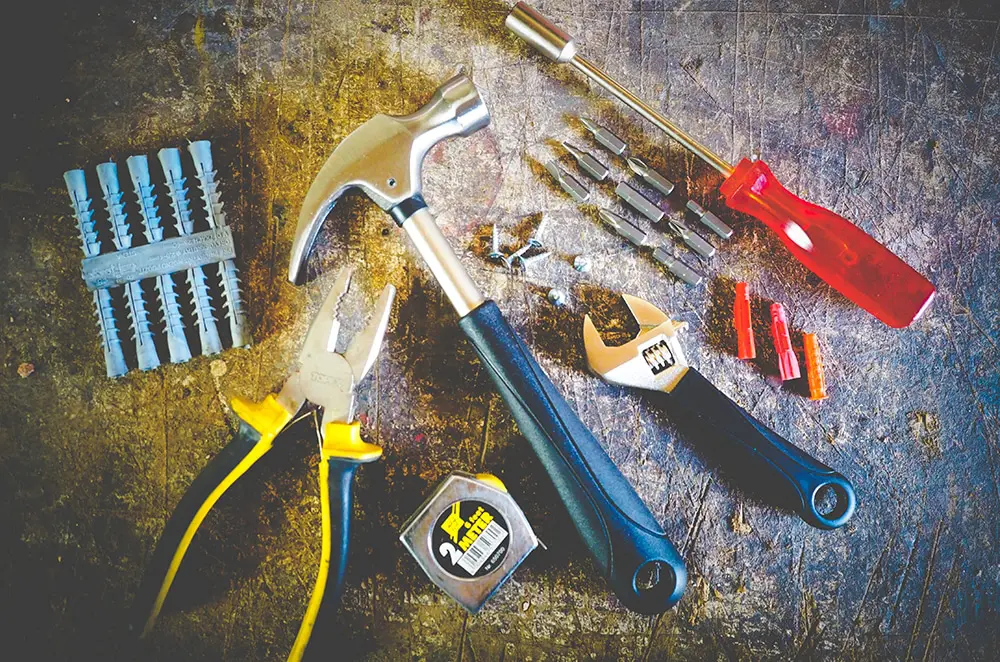Concrete finishing is a meticulous craft, and achieving a flawless surface involves a myriad of techniques and the proficient use of specific tools. In this comprehensive guide, we’ll delve deeply into concrete finishing. We’ll provide an extensive overview of the fundamental techniques, intricate tools, and additional insights that contribute to this art’s mastery.
Understanding the Basics
Before embarking on the journey of mastering concrete finishing, it’s essential to grasp the foundational principles. Explore the intricacies of concrete mix design, the impact of curing methods on the final product, and considerations for weather conditions. Understanding these basics lays the groundwork for a successful finishing process.
Using the right tools for each technique is crucial in concrete finishing as it helps to ensure precision, efficiency, and a high-quality final product. Each tool is specifically designed to address specific aspects of the finishing process, such as smoothing out the surface, removing excess material, or creating specific textures. By using the right tools, finishers can achieve consistent and desired outcomes, enhancing the overall beauty and functionality of the finished concrete surface.
Surface Preparation
Concrete finishing projects begin with thorough surface preparation. This section will not only cover standard cleaning and leveling procedures but also delve into advanced methods such as shot blasting and grinding. Highlight the importance of proper formwork and discuss innovative approaches to an impeccably prepared surface.
Proper formwork plays a crucial role in achieving a smooth concrete surface. The shape and quality of a formwork directly impact the final surface of the concrete. Therefore, it is essential to carefully design and construct the formwork to ensure it is level, smooth, and free of imperfections. By doing so, finishers can create a seamless and uniform surface that will be free of any defects or inconsistencies.
Techniques for Perfect Finishes
Transition from basics to advanced techniques that elevate concrete finishing to an art form. Explore the artistry behind hand troweling, including the nuanced movements and pressure application that result in a smooth, polished surface. Discuss the versatility of power trowels and walk-behind floats, showcasing their role in achieving various textures and finishes.
Improper formwork can result in a flawed and uneven concrete surface. It can lead to ridges, dips, and imperfections that compromise the structural integrity and aesthetic appeal of the finished project. It is crucial to carefully design and construct the formwork, ensuring that it is level, smooth, and free of imperfections to achieve a seamless and uniform surface.
Specialized Tools of the Trade
In-depth coverage of concrete finishing tools is crucial for mastery. Expand on the selection and maintenance of hand trowels, power floats, and edging tools. Discuss the latest advancements in tool technology, such as laser-guided screeds and vibratory screeds, offering readers insights into cutting-edge equipment that enhances efficiency and precision.
The different techniques for achieving a seamless and uniform surface in concrete finishing include using proper formwork, which ensures that the shape and quality of the formwork positively impact the final surface of the concrete. Additionally, techniques such as hand troweling, power troweling, and walk-behind floats can be used to create various textures and finishes, enhancing the aesthetic appeal of the finished project. Finally, the use of specialized tools such as hand trowels, power floats, and edging tools is crucial for achieving a precision finish and enhancing the efficiency and accuracy of the concrete finishing process.
Troubleshooting and Common Challenges
No concrete finishing guide is complete without addressing common challenges. Explore the reasons behind surface defects like crazing and efflorescence. Provide troubleshooting tips for issues such as premature finishing, and highlight the importance of proper curing. This section aims to empower readers to identify and overcome challenges, ensuring a flawless outcome.
Examples of specific hand trowels include the magnesium hand float, which is lightweight and easy to clean. In addition, the steel hand float provides more durability and wear resistance. Power floats, such as rotor floats and vibratory screeds, offer increased speed and even surface distribution. Edging tools such as the groove and the bull float can be used to create clean lines and shape the edge of the concrete surface.
Decorative Finishes and Innovations
Elevate the discussion by exploring decorative concrete finishes and the latest innovations in the field. Learn techniques for creating exposed aggregate surfaces, stamped masonry patterns, and integrally colored finishes. Showcase how concrete finishing transcends beyond functionality to become a form of artistic expression.
Power floats, such as rotor floats and vibratory screeds, are highly advantageous in concrete finishing. They provide excellent speed and even surface distribution, resulting in a smoother and consistent finish. Power floats also save time and reduce labor costs, as they cover a larger area than hand troweling. Additionally, the use of power floats can enhance the overall efficiency of the concrete finishing process, leading to faster project completion and higher-quality results.
Safety Measures and Environmental Considerations
Emphasize safety in concrete finishing projects. Discuss proper personal protective equipment (PPE), ventilation strategies, and ergonomics. Touch upon environmentally friendly practices, including eco-friendly concrete mixes and water-based sealers, aligned with modern sustainability standards.
Using eco-friendly concrete mixes promotes sustainability by reducing carbon emissions and energy consumption during production. These mixes often contain recycled materials, such as recycled aggregates and recycled water, which conserve natural resources. Moreover, eco-friendly concrete mixes often have lower toxicity levels, reducing the risk of pollution during production and disposal.
Wrap up the guide by reinforcing the idea that mastering concrete finishing is a dynamic process of continuous learning and refinement. Encourage readers to experiment with different techniques and stay abreast of industry advancements. Provide a curated list of resources, including books, online courses, and industry events, for those interested in furthering their expertise in concrete finishing.
By combining foundational knowledge, advanced techniques, and insights into emerging trends, this guide aims to serve as a comprehensive resource for individuals seeking to master concrete finishing. Whether a novice or a seasoned professional, there is always room for exploration and improvement in the pursuit of flawlessness.

